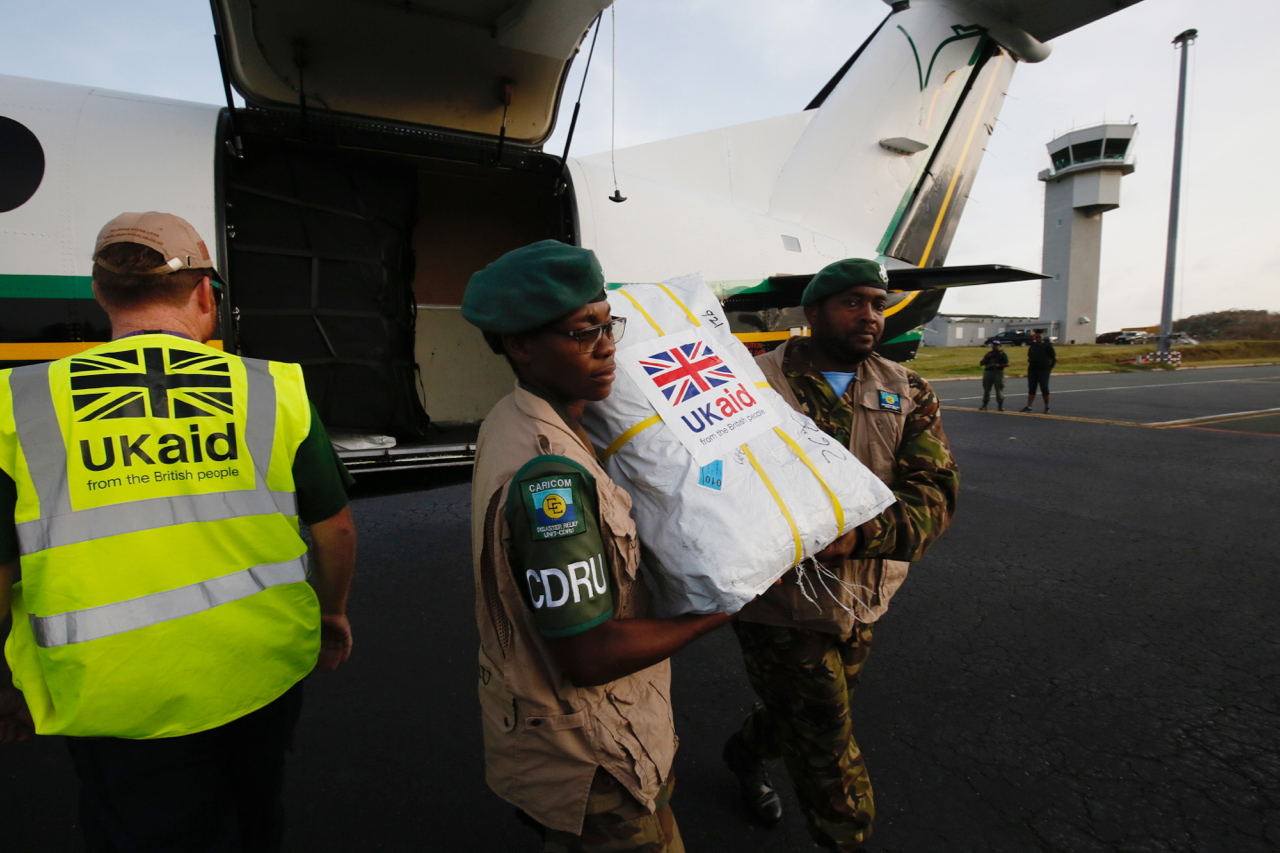Recommended

POLICY PAPERS
Last week, the new UK Prime Minister Boris Johnson made sweeping changes to government ministers, including appointing Alok Sharma as Development Secretary and Rishi Sunak as Chief Secretary in Sajid Javid’s Treasury. Whilst much of the government’s focus will remain on Brexit in its first 100 days, a major decision-point is approaching—likely in the form of a one-year spending allocation which sets budgets and policy commitments across government.
Some of the new members of the government have criticized waste in UK development assistance. Whether or not one believes these criticisms to be justified, the upcoming spending round is an opportunity to showcase a more evidence-based and value for money approach.
Below we sets out the limitations of the last spending review—and five ways to do better.
The 2019 spending review and lessons from 2015
HM Treasury will need to set budgets for at least April 2020-21, and officials have indicated to the Public Accounts Committee that decisions will be needed by year-end (Q26). It seems likely this will only set budgets for a single year—and it will be substantially complicated by the impact on the public finances of a deal or no-deal Brexit.
At the last spending review, Chancellor George Osborne kept DFID’s aid budget flat at £10 billion with the remainder (increasing to £4 billion) spread across Whitehall to provide some respite from the austerity. As an official, I saw first-hand that aid was shovelled out to Departments and, whilst there are excellent examples of aid spending beyond DFID, it is now clear from a variety of evidence (for example, from the independent aid watchdog, wider indicators of UK aid quality, and poorly targeted R&D) that this strategy led directly to poorer value. In addition, as the NAO pointed out last month, the government has not evaluated what it achieved, and no one is responsible for the strategy.
A new strategy for “greatest effect”
Sharma and Sunak have the opportunity to review the UK’s likely £15 billion aid budget and focus it where it where it can achieve the most. The 2017 Conservative manifesto committed to reform multilateral institutions so that “money is used to greatest effect to protect and help the world’s most vulnerable people.”
To achieve this in the UK aid budget, they will need to do five things:
-
Re-purpose the Ministerial Group overseeing Official Development Assistance which they co-chair. This group currently focuses on whether projects meet the ODA definition—but really, it should set and be responsible for the UK’s development strategy.
-
Ensure good incentives and don’t reward failure by increasing budgets where Departments, or projects, are struggling. Judge the proposals from Departments on their merits, including what the aid watchdog has said. Re-visit the re-classified spend that was waved through in 2015, and require a new business case. If this spending allocation is just for a year, Departments can try again later. Avoid gaming the public finances by over-using “non-fiscal ODA” which doesn’t add to spending figures.
-
Be clear on the trade-off with national interest. Development overseas must be the “main objective” and spending must be likely to reduce poverty (if spent using the International Development Act). Bids must include the expected development and national benefits of projects. Officials should know that the aid watchdog will check these. It’s legitimate to weigh and pursue the national interest, though Ministers will need to be comfortable that every allocation approved is as valuable as the ones we know save lives and reduce poverty, either directly, like vaccines and cash transfers, or indirectly by facilitating trade or helping new businesses survive and create employment.
-
Use Departmental plans to ensure delivery. Incredibly, despite spending billions of pounds of UK aid, some departments did not include basic information about aid spending in their Single Departmental Plans (which lay out departments aims and how they will achieve them). According to the NAO, neither the FCO (£595 million aid spending in 2017) nor the Home Office (£333m) listed the amount of ODA spending, what projects it was spent on, anything about their effectiveness, or their contribution to the 2015 aid strategy.
-
Use non-spending levers. As in other areas of Government, spending is just one tool. Department bids for money should explain how they will pursue development objectives using other levers too—for example, the Trade department has committed to improve on the EU’s trade regime. But what can the Department for Business, Energy and Industrial Strategy do on business standards? And what can the Department for Environment, Food and Rural Affairs do on illegal wildlife?
All countries face a temptation to use the aid budget to focus support on national objectives (like mitigating budget changes elsewhere, or making futile attempts to limit migration) above those of developing countries. This is not what the public wants to see, and will only create a legacy of critical evaluations over coming years as they conclude the spend has been ineffective.
UK PM Boris Johnson has suggested that by 2050 the current period will be seen “as the beginning of a new golden age for our United Kingdom.” The UK’s commitment to development impact and a value for money approach have an important part to play in that vision. The Development and Chief Secretaries should restore these values in the coming spending review, and ensure spend is allocated for greatest effect.
Disclaimer
CGD blog posts reflect the views of the authors, drawing on prior research and experience in their areas of expertise. CGD is a nonpartisan, independent organization and does not take institutional positions.




